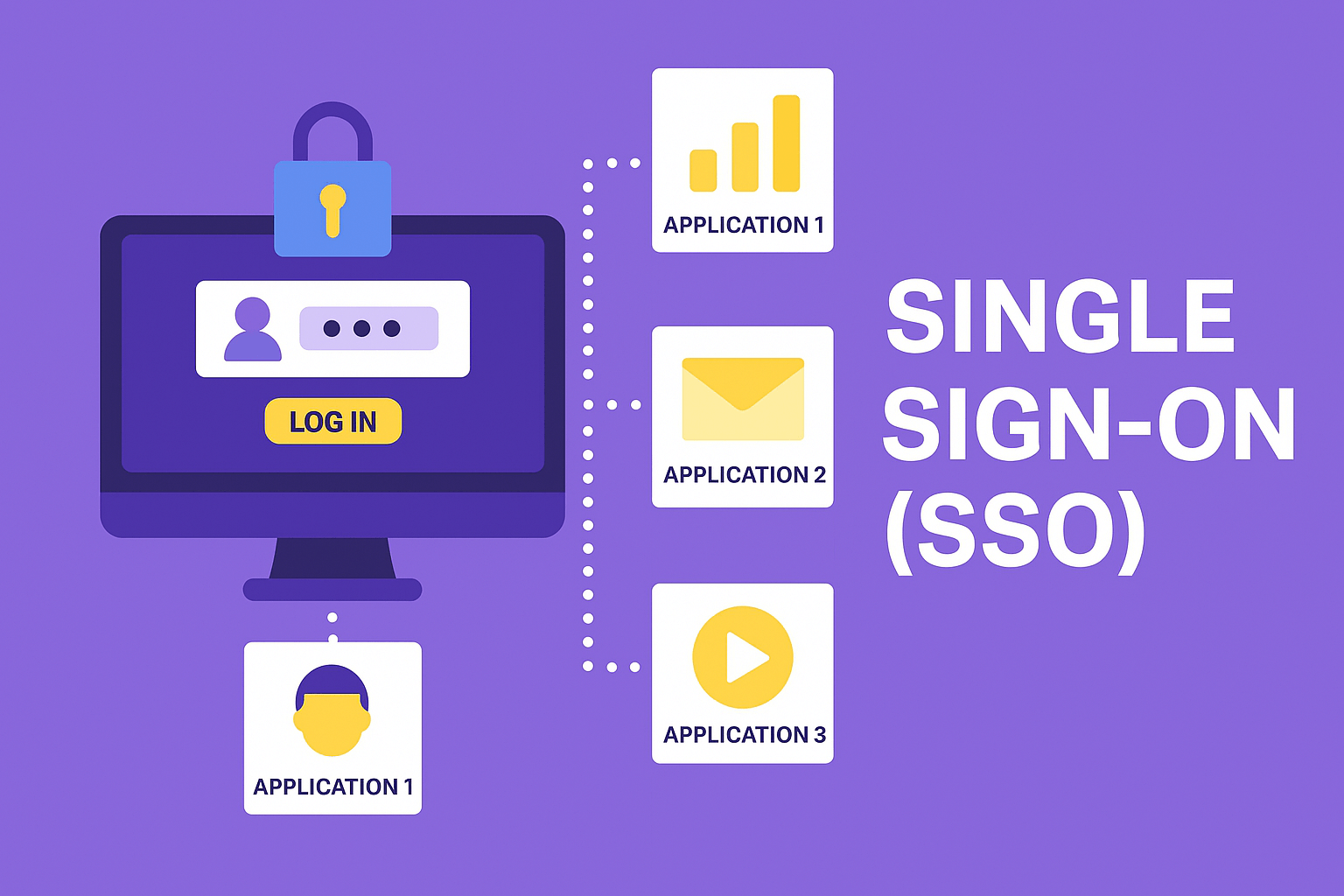Upgrading from Laravel 5.8 to Laravel 11 involves several significant changes, as the framework has evolved considerably over the versions. One notable change is the handling of form components. In Laravel 5.8, you might have been using the Laravel Collective package (laravelcollective/html) for form creation. However, this package is not maintained in newer versions of Laravel.
Convert the Form Code:
If you decide to manually convert the form to use standard HTML with Blade, here’s how you can do it:
<form method="POST" action="{{ route('your.update.route', $inventoryObj->id) }}" class="inventory-form" enctype="multipart/form-data" data-parsley-validate>
@csrf
@method('PATCH')
<!-- Add your form fields here -->
<!-- Example of an input field -->
<div class="form-group">
<label for="name">Name</label>
<input type="text" id="name" name="name" value="{{ old('name', $inventoryObj->name) }}" class="form-control" required>
</div>
<!-- Submit button -->
<button type="submit" class="btn btn-primary">Submit</button>
</form>
Explanation
1. Form Tag:
- Use the standard <form> tag with method POST and include the @method('PATCH') directive to spoof the PATCH method.
- Use @csrf to include the CSRF token.
- Set the action attribute to point to the update route (you may need to adjust the route name and parameters as per your application’s routing configuration).
2. Input Fields:
- Manually add your input fields. Use old('field_name', $inventoryObj->field_name) to repopulate the form with old input or existing model data.
- Apply the necessary classes and validation attributes.
3. File Uploads:
- Ensure enctype="multipart/form-data" is included in the form tag if your form supports file uploads.
By using standard HTML form syntax with Blade directives, you can ensure compatibility with Laravel 11 and avoid dependency on packages that may not be maintained.





